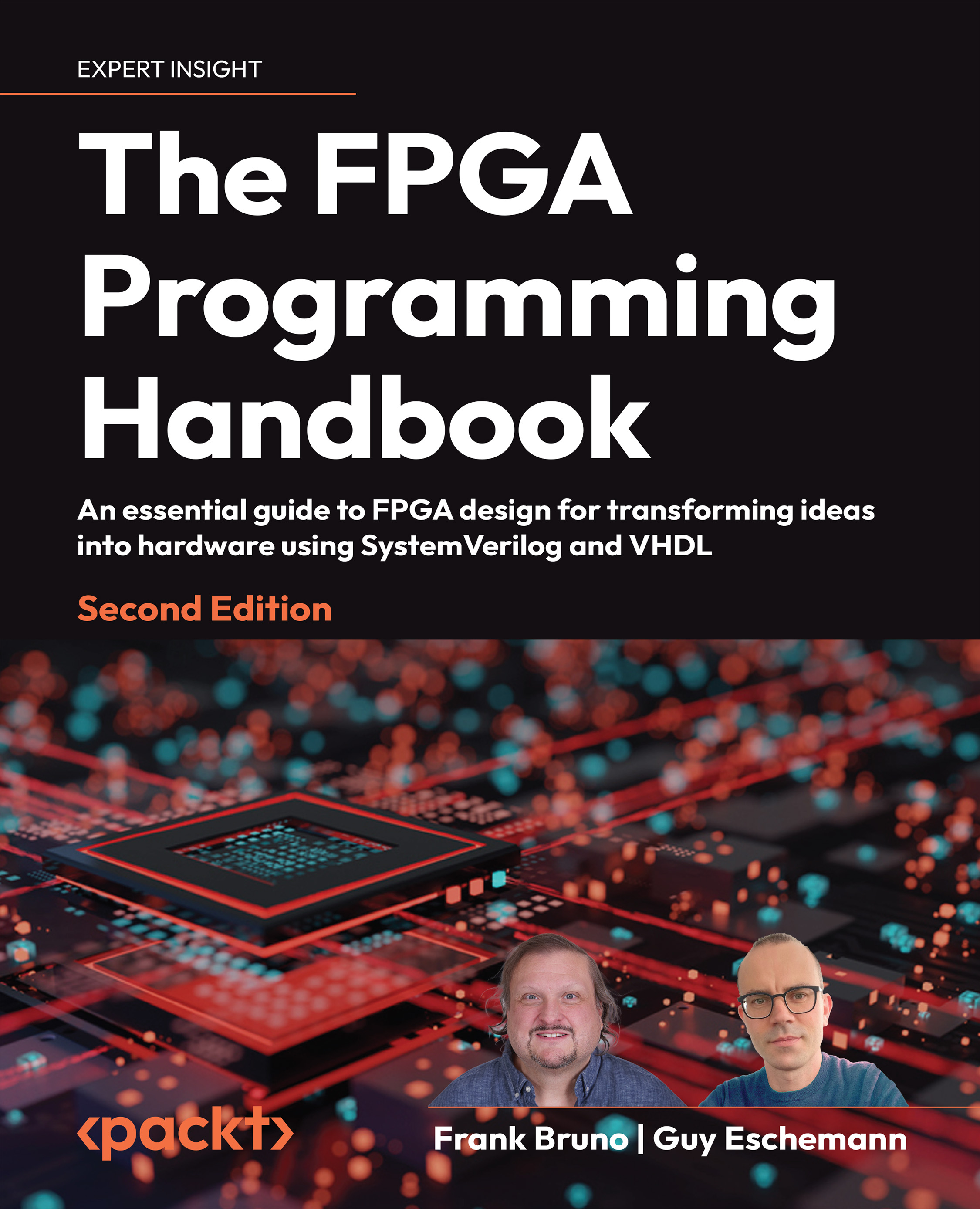Questions
- What are the advantages of an I2C bus?
- We can move large amounts of data quickly.
- We only need two wires to communicate.
- Multiple devices can be connected using only two wires.
- All of the above.
- Only (b) and (c).
- What would be the preferred order of preference when you require a type of memory?
- Use the
IPcatalog,infer, and then usexpm_memory. - Use
xpm_memory, use theIPcatalog, and theninfer. Infer, usexpm_memory, and then use theIPcatalog.- Use the
IPcatalog, usexpm_memory, and theninfer.
- Use the
- The following code infers a:
assign data = (data_en) ? 'z : '0; // SystemVerilog data <= 'Z' when data_en else '0'; -- VHDL- multiplier.
- register.
- tristate IO.
- Gray coding is used in FIFOs.
- Always.
- To pass counter information...


























































